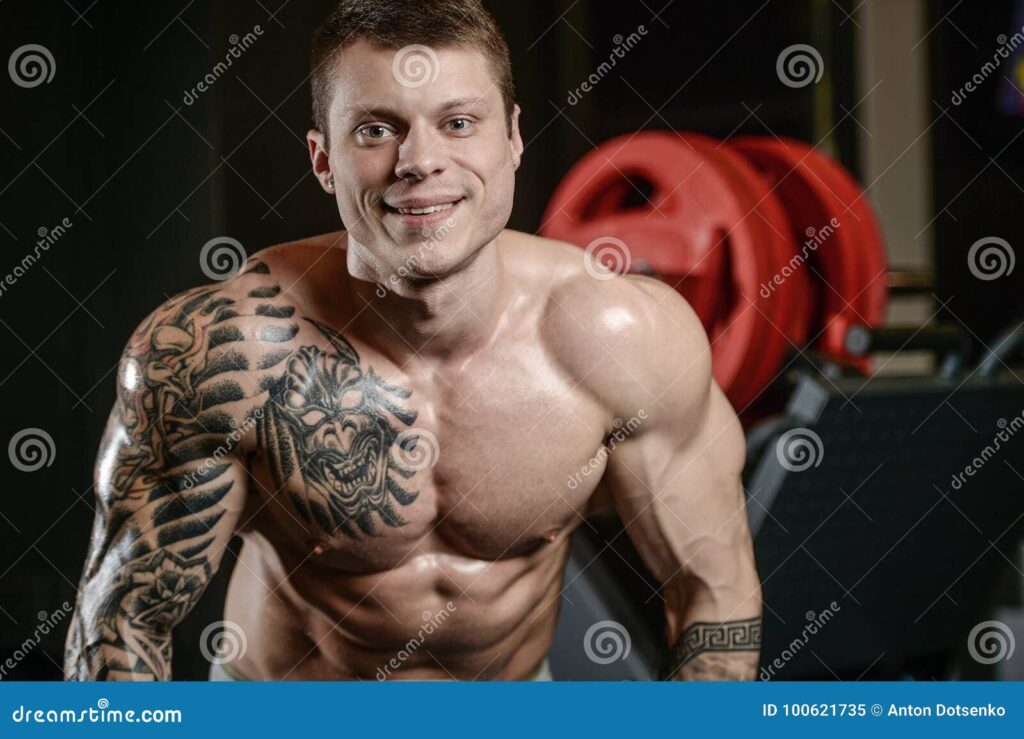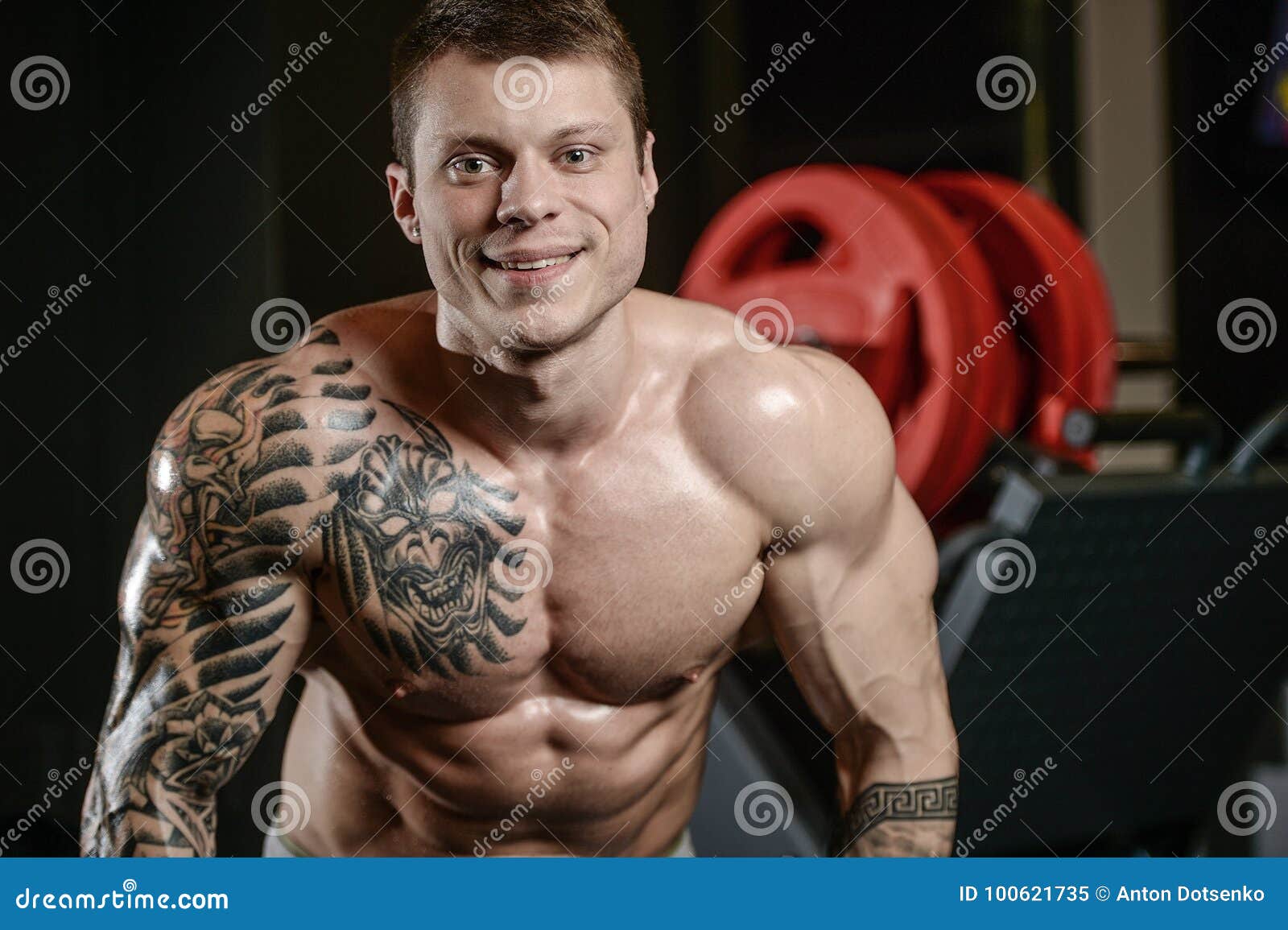
Tattoo Sleeve Muscle: Exploring the Intersection of Ink, Aesthetics, and Physique
The tattoo sleeve muscle combination is a striking visual statement, blending the artistry of body modification with the dedication to physical fitness. A well-executed tattoo sleeve can accentuate the contours of a muscular arm, creating a dynamic and compelling aesthetic. This article delves into the various aspects of this popular trend, examining the types of tattoo sleeves that complement different muscle structures, the considerations for placement and design, and the overall impact of this powerful pairing.
The Allure of Tattoo Sleeves on Muscular Arms
The appeal of a tattoo sleeve on a muscular arm is multifaceted. Firstly, it’s a demonstration of commitment – both to the artwork itself and to the physical discipline required to build and maintain muscle mass. The tattoo sleeve becomes a canvas that showcases the individual’s personality, interests, and values, while the underlying muscle provides a living, breathing frame for the art. The combination often exudes confidence and strength, making a bold statement about the wearer.
Furthermore, the interplay between the ink and the muscle can enhance the visual impact of both. A strategically designed tattoo sleeve can accentuate the lines and curves of the biceps, triceps, and deltoids, creating an illusion of even greater definition. Conversely, the muscle provides a dynamic backdrop for the tattoo, shifting and flexing with movement, bringing the artwork to life.
Types of Tattoo Sleeves and Muscle Structures
Different types of tattoo sleeves work best with different muscle structures. A full tattoo sleeve, which covers the entire arm from shoulder to wrist, is a popular choice for individuals with well-developed biceps and triceps. This allows for a large-scale, intricate design that flows seamlessly around the arm. A half tattoo sleeve, typically extending from the shoulder to the elbow, is another common option, offering a similar canvas but with less coverage. Quarter tattoo sleeves, covering only the upper arm, are often chosen for smaller, more discreet designs. The size and placement should be considered in relation to the muscle mass to ensure visual harmony.
For individuals with leaner physiques, a more minimalist or geometric tattoo sleeve might be a better choice. These designs often emphasize clean lines and negative space, creating a visually appealing contrast with the underlying skin. Tribal tattoo sleeves, with their bold patterns and symbolic meanings, can also be effective in accentuating muscle definition. Ultimately, the best type of tattoo sleeve depends on the individual’s personal style, body type, and desired aesthetic.
Considerations for Placement and Design
The placement and design of a tattoo sleeve are crucial factors in achieving a visually stunning result. It’s important to consider the natural contours of the arm and how the tattoo will interact with the underlying muscle structure. A skilled tattoo artist will be able to create a design that flows seamlessly around the arm, accentuating the natural lines and curves. The design should also be proportionate to the size of the arm and the individual’s overall body type.
Another important consideration is the subject matter of the tattoo. Many people choose to incorporate themes that reflect their personal interests, beliefs, or experiences. Common themes for tattoo sleeves include nature scenes, mythological creatures, portraits, and abstract designs. The colors and shading used in the tattoo can also have a significant impact on its overall appearance. Bold, vibrant colors can create a striking visual impact, while more muted tones can create a more subtle and sophisticated look. The choice of color palette should complement the individual’s skin tone and the overall design of the tattoo.
Before committing to a tattoo sleeve, it’s essential to consult with a reputable tattoo artist who has experience in creating large-scale body art. The artist can provide valuable guidance on design, placement, and color choices, ensuring that the final result is both visually appealing and long-lasting. It’s also important to thoroughly research different tattoo styles and themes to find a design that truly reflects the individual’s personality and values.
The Impact of Tattoos on Muscle Definition
While a tattoo sleeve cannot physically enhance muscle definition, it can create the illusion of greater definition through strategic placement and design. By using shading and highlighting techniques, a skilled tattoo artist can accentuate the natural lines and curves of the arm, making the muscle appear more pronounced. This effect is particularly noticeable when the arm is flexed or in motion, as the tattoo shifts and flows with the underlying muscle.
However, it’s important to note that a poorly designed or poorly executed tattoo sleeve can actually detract from the appearance of the arm. A cluttered or unbalanced design can make the arm appear smaller or less defined. It’s therefore crucial to choose a skilled tattoo artist who understands the principles of anatomy and design and who can create a tattoo that complements the individual’s physique. The presence of a tattoo sleeve muscle combination is about harmony not clash.
Maintaining the Appearance of Your Tattoo Sleeve
Once you have your tattoo sleeve muscle masterpiece, proper aftercare is essential to ensure that it heals properly and maintains its appearance over time. This includes keeping the tattoo clean and moisturized, avoiding excessive sun exposure, and protecting the tattoo from friction and abrasion. Regular moisturizing will help to keep the skin hydrated and prevent the tattoo from fading or cracking. Sunscreen is also crucial, as UV rays can cause the tattoo to fade and lose its vibrancy. Avoiding tight clothing or activities that could cause friction can also help to protect the tattoo from damage.
In addition to proper aftercare, it’s also important to maintain a healthy lifestyle to preserve the appearance of your tattoo sleeve. This includes eating a balanced diet, staying hydrated, and getting regular exercise. Maintaining a healthy weight can also help to prevent the skin from stretching or sagging, which can distort the tattoo. By taking good care of your body, you can ensure that your tattoo sleeve remains a vibrant and eye-catching work of art for years to come.
Tattoo Sleeve Muscle: A Symbol of Dedication
The tattoo sleeve muscle combination is more than just a visual statement; it’s a symbol of dedication to both physical fitness and artistic expression. It represents the individual’s commitment to their body, their art, and their personal style. A well-executed tattoo sleeve can be a source of pride and confidence, empowering the wearer to express themselves in a unique and meaningful way. The dedication to maintaining the muscle underneath is just as important as the artistic expression on the surface.
In conclusion, the intersection of ink, aesthetics, and physique in the form of a tattoo sleeve muscle combination continues to captivate and inspire. By understanding the nuances of design, placement, and aftercare, individuals can create a stunning and lasting work of art that reflects their personal journey and celebrates the power of the human form. Whether you’re considering your first tattoo sleeve or adding to an existing collection, remember that the key is to find a design that resonates with you and that complements your unique style and physique. [See also: Tattoo Aftercare Tips] [See also: Choosing the Right Tattoo Artist] [See also: The History of Tattoo Art]

